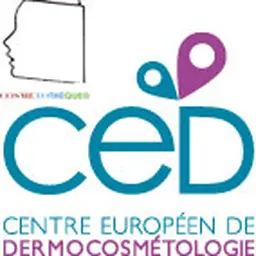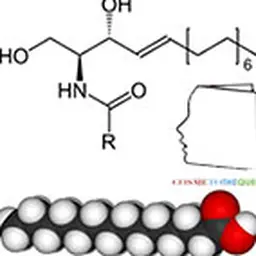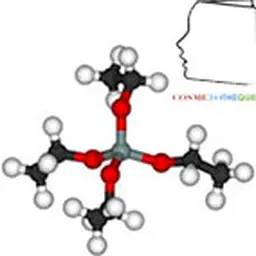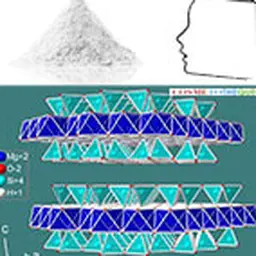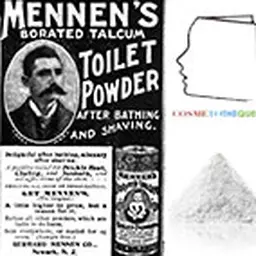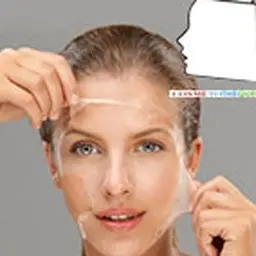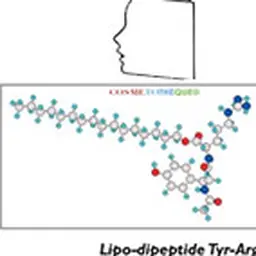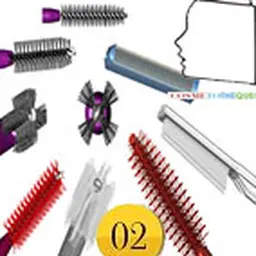
The world of nail polish has long been concentrated on a limited number of societies in which important figures have played a fairly fundamental role. Mike Kliffer was one of them. After holding positions of responsibility in several cosmetics companies, he laid the foundations for one of Europe's leading varnish manufacturers, International Lacquer. Let's go back with him on this adventure.
Mike Kliffer, what was your first contact with the world of cosmetics?
Mike Kliffer: My family history has to do with cosmetics. I am the third generation working in this field. My paternal grandfather traded products that were considered cosmetics in Austria. After immigrating to Israel in 1934, my father created the first perfumery in Tel Aviv and was the first importer of perfumes and cosmetics from France. For my part, I have a degree in chemical engineering. After having been a researcher at the CNRS on pharmaceutical molecules and then in the rubber industry, I joined the company at the age of 25; Coty where I worked for 18 months in contact with Annie Raynal who introduced me to the world of make-up (this person was then the priestess of color at Dior). I then moved to Isabelle Lancray, then in 1963 to Helena Rubinstein where I became Technical Director in 1969 with responsibilities in the development of skincare and make-up products.
At that time, did you already have expertise in the field of nail polishes?
Mike Kliffer: My involvement in nail polishes started at the end of my experience at HR where I was asked in 1975 to study the introduction of a nail polish range. It is necessary to know that at that time, the make-up of the nails was reduced to some tints, essentially of the red. We were also talking about nail polish, it was a rather expensive product, with a price equivalent to that of lipstick, and that we found in brands of great diffusion like Innoxa, Cutex, Chen Yu, Mavala. The volumes of reference brands at the time, such as Margaret Astor and Jade, were around 50 tonnes per year. Luxury was not very interested in varnish.
How did you integrate this environment closer to the paint industry than cosmetics?
Mike Kliffer: It's true that the formulation of a nail polish is similar to that of a paint with filmogens, solvents, resins, coloring materials (pigments and pearls). It is a very different product from other cosmetics, with a certain dangerousness for those who manufacture it because the product is flammable. Revlon's owner, Charlie Revson, worked with Abe Rosenbaum, an experienced painter, to transpose the technology from cellulosic to nail polish. We were in the 1930s. Abe Rosenbaum was a very important actor in the history of nail polish because he was a kind of"magician" of nail polish. He has collaborated on all major varnish projects.
Following my departure from HR, I had the opportunity to meet an American company Kircker, specialist in nail polish and managed by Mr Bier. After taking a stake in this company, I contributed to the development of their business in Europe. We had two entities in Belgium: Parbel, specialized in make-up products (RAL - mascara - eye shadow) and Promoter, active in nail polish. Initially, Promoter imported nail polish bases and colour solutions from the USA which, when combined, could be used to produce nail polish. The Americans were ahead of nail polish technology and were already using a suspending agent: bentone, which suspends the pigments in the product and prevents them from falling to the bottom of the bottle. American varnishes were described as"modern varnishes". They also mastered the preparation of pigment dispersions, which is an important part of the manufacturing process.
Promoter manufactured nail polishes in the centre of Brussels until the 90s, when we decided to build a production unit in Luxembourg for our own nail polish bases so that we would no longer depend on those of the Americans, but also on variations in the dollar rate. These developments were conducted in collaboration with Mr Djelassi.
In 1990, Promoter manufactured 500 to 600 tons of varnish per year. The new Luxembourg company then becomes International Lacquers. Its beginning was marked by an industrial accident forcing us to rebuild and manufacture for a few months in Germany.
In the late 1990s, I left my industrial activities to devote myself to consulting. (Mike Kliffer was among others a consultant for Kao France)
What do you think were the highlights of nail polish?
Mike Kliffer: One of the first highlights was the introduction of bentones as a suspending agent in nail polishes, which solved many technical problems. Secondly, changes in regulatory constraints have gradually led us to substitute hazardous materials such as toluene, formaldehyde resins and phthalates. Moreover, the reduction in the number of shades, the introduction of glitter and mother-of-pearl, the need for varnishes that dry quickly and can be applied in a single coat, mean that the formulas have become very complex and far from the first ones, which often consisted of a few dozen ingredients. Nail polish is nowadays an essential product in a make-up range, it is a product very linked to fashion, to the need of women to enhance themselves, to finalize an outfit. Twenty years ago, television presenters had transparent fingernails, today this is no longer the case.
On the other hand, the varnish has always remained on nitrocellulosic base which has the advantage of forming a porous film allowing the nail to breathe. Water-based varnishes have had little success because they are still disappointing. The smell, the quality of holding, the available colors are not optimal.
Finally, can you give us a Prévert inventory of the product that most impressed you? The one you're most proud of? Your best flop? A striking anecdote?
Mike Kliffer: Chanel's black red was very daring. I am also very happy to have contributed to the success of Helena Rubinstein's Long Lash mascara, with a threaded stem but also creamy eye shadow which brought a tenacious and resistant make-up. A flop was a shade of mascara that became due to a too acid pH"goose poo color".
Otherwise, we had developed a peel off mask for men whose break time was 20 minutes. When asked by a journalist from Paris Match, who was amazed by how long she thought it was too long, I replied that it corresponded to Rakmaninoff's concerto No. 3 and that the application of the product could thus be a pleasant moment. In the end, we didn't sell a single mask peel off but the concerto n°3 was broken.

